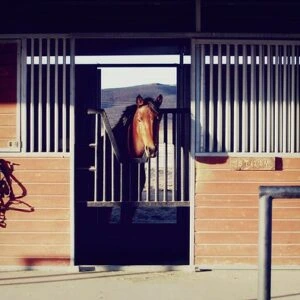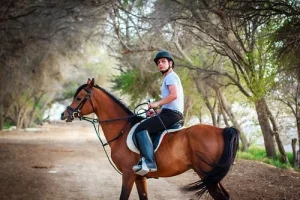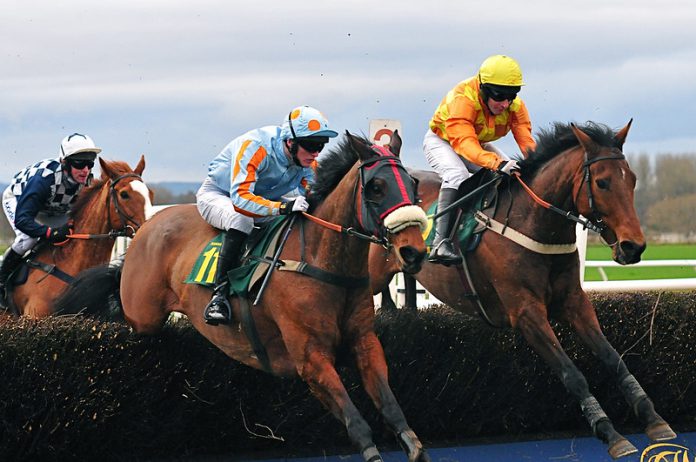Preparation is essential to resume training. When aligning a fitness program for your horse, ensure that unique considerations, regarding the horse’s health and fatigue levels, are taken care of.
Fitness and strength improve in tandem with the development of technical skills. Once a horse has learned a technical talent, it tends to stick to it, although refinement may be required, whereas fitness must be maintained by frequent training. A horse that is not trained for more than a month loses cardiovascular fitness, muscular strength, and bone, muscle, ligament, and tendon resilience. Strength regresses to pre-training levels after a few months. Before returning to full training and competition at their previous levels, these deficiencies must be corrected.
A professional polo player mentioned: “When the horses have played all of the seasons, from September to April, a rest break is usually required. A three-month rest time is essential for the horses since it gets quite hot in summer and the horses are fatigued. So, relaxation is essential for them to regain their strength, just like work requires a vacation once a year.” He also added: “Rest periods are essential for the horses to return to their peak performance and recover from minor injuries sustained. Rest is also vital for the horse’s and the players’ minds and souls to refresh and relax.”
Things to be considered before developing a fitness program:
· Level of fitness: Take into account your horse’s and your own fitness levels. Allow yourself time to heal, and if necessary, take a few days off to allow yourself and your horse to rest.
· Present condition: Any weight gain is likely to put pressure on joints, tendons, muscles, and the cardiovascular system, which should always be kept in mind while changing your horse’s workload. To keep track of your horse’s condition, fat score him before you start your fitness program.
· Age and Experience: When dealing with a younger horse, consider how well-established they are in their work as well as their level of growth in terms of the exercises you offer through your fitness program. Excessive stress and strain on a young horse’s joints, bones, and muscles can lead to serious disorders later in life.
· Length of time away from work: The longer your horse has been rested, the longer it will take to return them to the desired level of fitness.
· The season: Be prepared for delays in your program as a result of weather, as this may affect facility access. If your horse has allergies or shakes his head, the time of year will be a crucial factor to consider when designing a fitness program.
· Facilities: What is your aim for getting your horse fit? For example, do you want to complete a preliminary dressage test or a 10-mile leisure ride? Consider the resources you will require to do this, such as an arena or safe hacking for road work.
Why is it important to stick to a fitness regime?
· Allows you to define objectives and goals.
· Adapts the task to the horse and rider’s level of fitness and skill.
· Provides a time scale – keep in mind that bringing a horse from grass to Riding Club level fitness will take six to eight weeks, maybe more depending on the horse’s age, weight, type, and any past health concerns.
Rider Health and Fitness
To be a good horse companion, you must also be concerned with your own fitness. No matter what discipline or mounted activity you participate in, you must be able to maintain balance and follow the movement of your horse. The rider’s cardiovascular fitness is important. If you become weary while riding, you will most likely begin to lose your balance. Riding off-balance and adjusting your weight distribution in the saddle on a regular basis might result in imprecise and inconsistent assistance. As a result, the horse may have to modify their job to accommodate the movement, which may raise the horse’s activity needs.
Questions to ask before starting the training:
• How much time has my horse been off from training?
• Did my horse have any health or sound concerns prior to this rest period?
• Has my horse lost weight or muscle mass as a result of the break?
• Is my horse vaccinated, and otherwise healthy?
After considering all these aspects, you may plan a fitness program by consulting a trainer or veterinarian.
It is as vital to give horses rest as it is to train them. Resuming training should be done correctly and with adequate modifications, since each horse is unique, and a fitness program should be devised accordingly.







